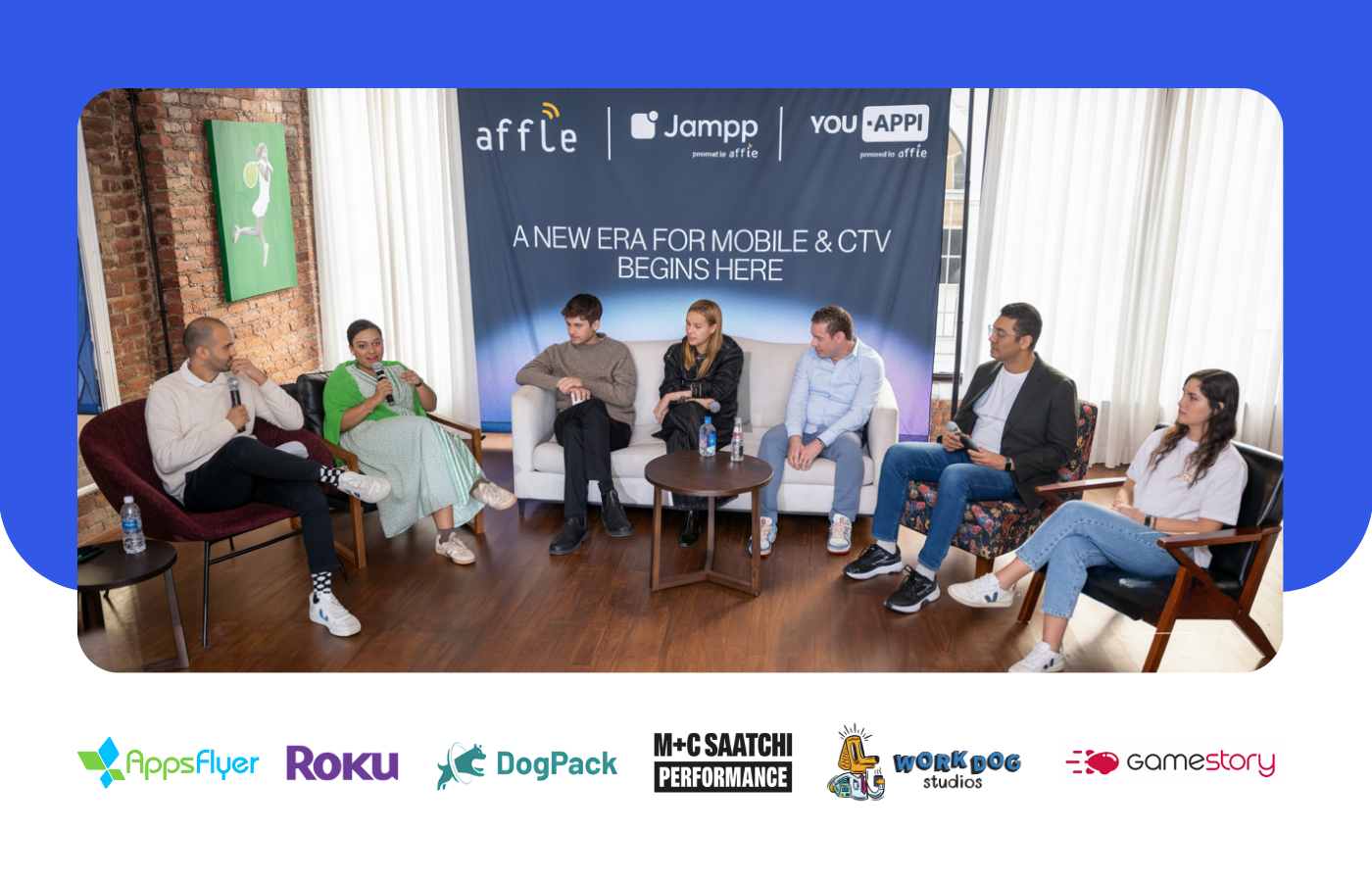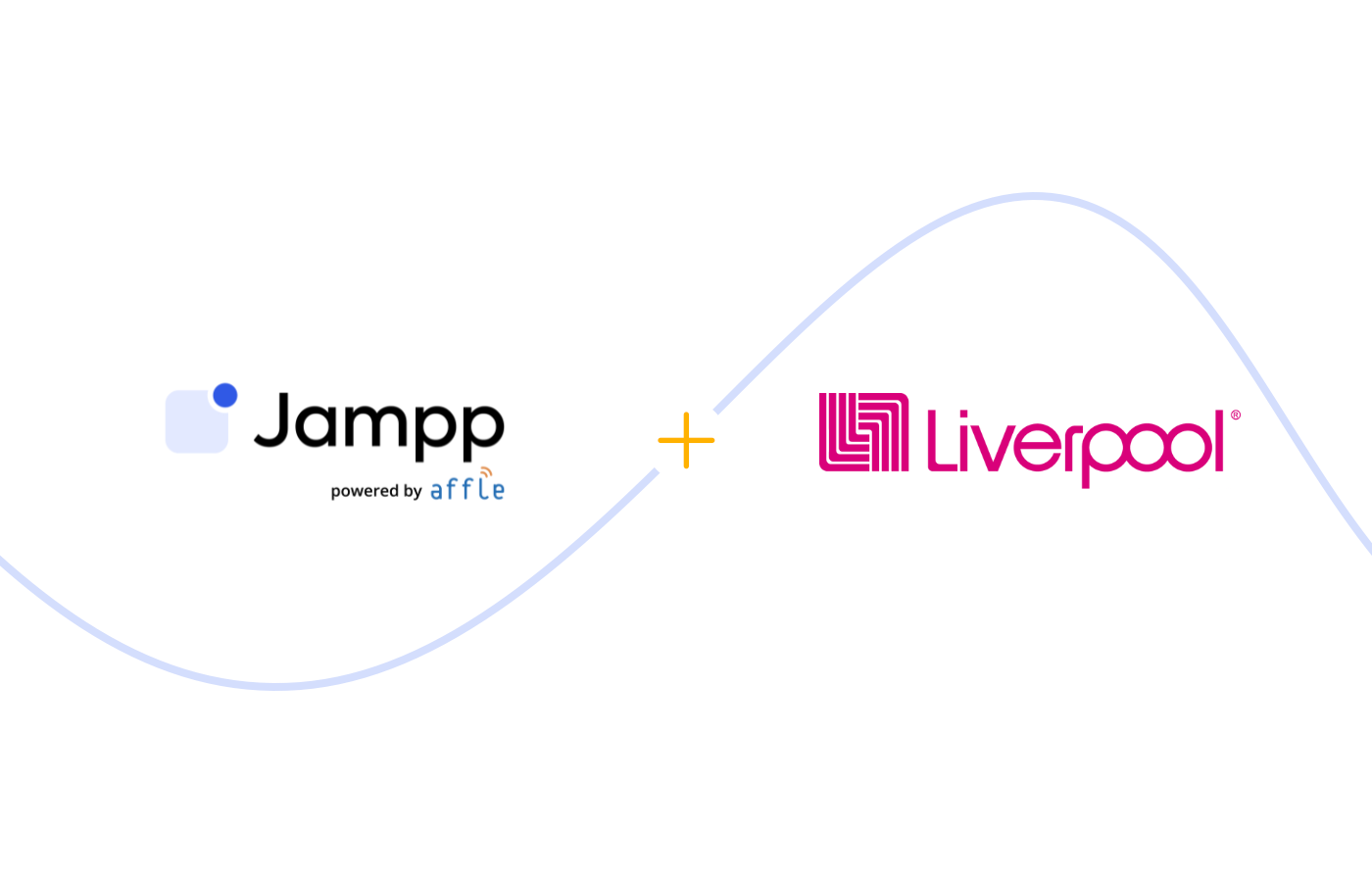Programmatic App Marketing vs TikTok
A recap of the App Growth Summit (AGS) NY session on how to diversify your user acquisition media mix.
November 5, 2021

We recently participated in the AGS NY panel “Mixing it up: How Diversifying Your Media Mix and Acquisition Channel Usage is More Important Than Ever!” The original idea was to discuss mobile marketing KPIs and strategies for budget allocation across all marketing channels… but looking at the highlights, most of the focus was between Programmatic and TikTok.
How has ATT changed User Acquisition and advertiser’s mobile media mix?
With IDFA & GAID going away, networks merging to create new monsters of inventory supply, and a return of "old school" advertising strategies to become New School again, many advertisers had to change their tactics for testing new channels.
Since user profiling is getting trickier by the week, the appeal of traditional user graphs has been replaced. App marketers are now evaluating partners and marketing channels in terms of:
- How seamless is the partner’s integration with MMPs?
- What level of SKAN support do they offer?
- What is the minimum budget required to test?
- What incrementality capabilities do they offer?
Early on, the panel agreed that previously popular channels like Facebook and Snap Ads had not adapted to SKAN as well as they’d hoped. So the rest of the session was pretty much focused on Programmatic advertising and TikTok ads. Jampp’s Andrew Whiteside and Smadex’s Michelle Web were naturally advocates for programmatic advertising, while Solène Shwartz of Mammoth Media and Vincent Eterlet of FuboTV shared the benefits of TikTok ads. Jacinta Mathis of Wagmo expertly moderated the discussion. Find all the insights below!
What are the benefits of TikTok for your mobile business?

- Diverse audience: Solène highlighted the value of this platform in terms of reaching Gen Z, and Vincent was quick to point out that: there’s such a large variety of content on the platform that today you can use it to find people with very different interests. “TikTok has become a really diversified audience,” he summarized.
- Video ads: While TikTok does offer a variety of ad formats, most advertisers highlight their video ads. As a platform for User-Generated Content (UCG), TikTok videos are known for being authentic rather than professionally edited. In TikTok, short-form video ads (6-19 seconds) are the top-performing format, even if the platform allows for up to 60-second videos. This means these ads are often less expensive to create and test.
Vincent mentioned they’d even started using their TikTok videos to replace mobile ads on other platforms. It seems to be a good channel to test original video concepts which can then be repurposed on other platforms. - Seamless integration: Whereas some social platforms like Facebook and Snap Ads have not managed to transition smoothly to the ATT framework, both Vincent and Solène were quick to affirm that TikTok supports SKAN.
- Low cost of entry: For advertisers that are just getting started or have new products with smaller userbases, performance marketing on programmatic isn’t a great fit. Social channels, on the other hand, are a great place to get started and begin exploring different ways of engaging with their mobile users.
What are the benefits of promoting your app on programmatic post-IDFA

- Global scale: With programmatic, mobile marketers can reach every corner of the app ecosystem. We can all agree that social media is a great channel to start promoting mobile apps, but when marketers hit a ceiling, programmatic is the best follow-up to ensure they achieve scale. At Jampp alone, we’re tapping into data from over +120B ad requests and +800M mobile users each day.
- Multiple ad formats: Original, high-quality creatives have been known to yield lifts in conversions, without needing to increase the cost of acquisitions (CPI or CPA). On programmatic traffic, app marketers can easily test multiple formats and variations to identify the ads that best engage their audiences, including native ads, videos, playable ads, interstitials, and Dynamic Product Ads (DPA).
- Seamless integration: DSPs and MMPs worked together from the very start to make the transition easier for advertisers. Before advertisers were ready to start experimenting with SKAdNetwork, Jampp developed its own app to evaluate the effectiveness of our platform, SKAN, and MMPs in tracking performance. Today, Jampp is ranked among the top ten companies in AppsFlyer’s SKAN performance index, and that’s due to all the work that’s been done among advertisers, MMPs, and programmatic supply partners from the very beginning.
- Built-in Lift measurement: Yes, since the rollout of Apple’s ATT, lift measurement has gotten trickier. That said, advertisers can still leverage the features MMPs and DSPs like Jampp have developed to measure conversion lift both on Android and iOS campaigns (if enough users opted in to reach statistical significance). A lot of platforms are also leveraging geo tests for this purpose.
Whether you are an advertiser testing TikTok ads or programmatic app marketing, you can find the panel’s key considerations for testing new channels below.
💡 3 key things to keep in mind when testing new channels
#1 Marketing budget vs test duration
Two very popular questions when advertisers start testing performance marketing are:
- What is the average budget for a performance marketing test campaign?
- How long does it take to see results from performance marketing campaigns?
Performance campaigns take time and money to ramp up. Machine learning is faster than human learning, but it’s still learning.
When you’re buying on dynamic CPM with machine learning, the algorithm is processing a lot of data signals (yes, even post-IDFA). You can invest more budget over a shorter period, or invest less media budget and take longer to get there—the key is to keep your investments aligned with your growth goals. As Vincent put it: "The amount shouldn’t be capped, we are flexible but we do have fixed milestones, every 3-6 weeks. Is the optimization going in the right direction? If not, we’ll cap it." Different factors come into play such as the size of the user base, the type of campaign (User Acquisition vs App Retargeting), the key event they’re optimizing for, and the growth team’s risk tolerance.
#2 Proxy events vs down the funnel KPIs
Vincent mentioned how FuboTV had initially looked at free trial, subscription, and first payment for KPIs as that’s how the brand was monetizing. After a while, they came to the conclusion that the key was retention. “Getting a first payment is awesome, but getting 12-24 payments is better.” This shifted their approach to User Acquisition (UA) and testing new channels: when they’re doing UA, they look at the CPI, first trial, first payment, essentially the top of the funnel, but they are looking at those events to try to predict retention.
While they use different analyses, one of the things they’ve found is that the more that the user is interacting with the app and triggering in-app events, the more likely they are to stick. “Those in-app events become bundles that allow us to predict the retention of those potential users from those channels. So any event for us is an important KPI.”
When testing new channels, they usually start by looking at proxy metrics, i.e. a succession of events they analyze while the campaign is ramping up and then shift to the “real metrics” once the campaign gets going. That said, they do set certain checkpoints for the proxy metrics to make sure they’re going in the right direction.
#3 SKAN support & transparency
Advertisers understand that choosing the right partners matters more than ever. There’s a few things to evaluate or ask about before launching a SKAN campaign such as:
- What kind of SKAN support and reporting does the partner offer
- Do they have any case studies to share regarding SKAN conversions
- Do they offer support for all types of attribution: IDFA, Probabilistic, SKAN
For all of the above, but specifically for SKAN campaigns, it’s important to check with the community. Jacinta Mathis of Wagmo mentioned how she never tests a new channel before running it with her group chat of growth queens. Be it a group chat, industry rankings, or case studies, it pays to check how potential growth partners are doing for other companies in the space.
Final note: big thanks 🙌🏻

We are so excited to be participating in in-person events once again. Big thanks to the AGS team for hosting another great event and to Jacinta Mathis for moderating the chat ❤️! We hope these takeaways were useful, stay tuned for more insights!

Subscribe to our email newsletter









